
Cologne Cathedral: A Gothic Masterpiece
Experience the awe-inspiring grandeur of Cologne Cathedral, a UNESCO World Heritage site, where Gothic architecture, priceless relics, and stunning stained glass converge in the heart of Cologne.
Cologne Cathedral, or Kölner Dom, is a towering testament to Gothic architecture and a UNESCO World Heritage site, dominating Cologne's skyline. Construction began in 1248 to house the relics of the Three Wise Men, but wasn't completed until 1880, over 600 years later. Its immense scale, intricate facade, and soaring spires draw millions of visitors annually. Inside, the cathedral boasts stunning stained-glass windows, including the modern Richter Window, and the elaborate Shrine of the Three Kings. A climb up the south tower rewards visitors with panoramic city views, while the treasury displays a wealth of religious artifacts. More than just a landmark, the Dom remains an active place of worship and a symbol of Cologne's enduring spirit.
A brief summary to Cologne Cathedral
- Domkloster 4, Cologne, Innenstadt, 50667, DE
- +4922117940555
- Visit website
Local tips
- Climb the 533 steps of the south tower for panoramic views of Cologne; be prepared for a strenuous climb, but the vista is worth it.
- Visit during a weekday morning to avoid the largest crowds and experience a more peaceful atmosphere.
- Dress respectfully when visiting, as it is an active place of worship; avoid wearing revealing clothing.
- Take a guided tour to delve deeper into the cathedral's history, architecture, and hidden symbolism.
- Don't miss the Cathedral Treasury, home to a stunning collection of religious artifacts and relics.
Getting There
-
Walking
From Köln Hauptbahnhof (Cologne Central Station), the Cologne Cathedral is directly adjacent and easily accessible by foot. Exit the station following signs for the Dom (Cathedral). The main entrance is located on Domkloster street, a short walk from the station's main exit. The walk is flat and takes only a few minutes.
-
Public Transport
Cologne Cathedral is served by numerous tram and bus lines. The 'Dom/Hbf' (Cathedral/Main Station) stop is the closest. Tram lines 5, 16, and 18 all stop here. A single ticket for a short journey (4 stops) costs approximately €2.50-€3.00. Alternatively, consider purchasing a KölnCard for unlimited travel on public transport and discounts on attractions; a 24-hour single ticket costs €9.00.
-
Taxi/Ride-Share
A taxi or ride-share from anywhere in Cologne's city center to the Cologne Cathedral will typically cost between €9 and €15, depending on traffic and distance. The drop-off point is usually near the Domkloster or Kurt-Hackenberg-Platz, a short walk to the cathedral entrance.
-
Driving
Parking near Cologne Cathedral is limited and can be expensive. Underground parking garages are available at Kurt-Hackenberg-Platz and the Philharmonie (Bischofsgartenstraße). Expect to pay around €2.20 per hour, with daily maximums ranging from €7 to €12 depending on the day of the week. Consider using a Park & Ride option outside the city center and taking public transport to avoid traffic and parking hassles. The underground car park under Cologne Cathedral Square conceals remains of the Roman city wall.
Discover more about Cologne Cathedral
Iconic landmarks you can’t miss
Roncallipl.
0.1 km
Experience the heart of Cologne at Roncalliplatz: where history meets vibrant culture, overlooked by the majestic Cathedral, and alive with year-round events.
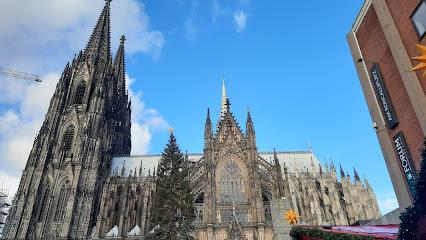
Guided Tours at the Cathedral
0.1 km
Experience the awe-inspiring grandeur of Cologne Cathedral, a UNESCO World Heritage site and Germany's most visited landmark, showcasing Gothic architecture and religious significance.
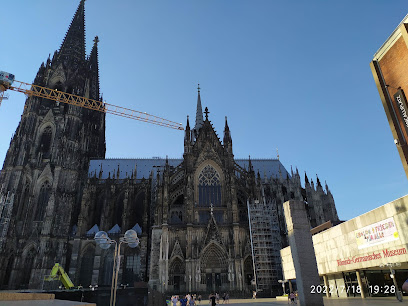
Ancient Roman Harbor Street
0.1 km
Explore Cologne's Ancient Roman Harbor Street: A captivating historical landmark offering a glimpse into the city's Roman past, showcasing its significance as a vital trading hub.
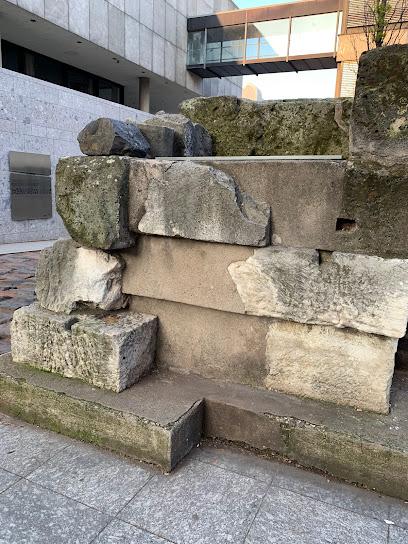
Kardinal-Höffner-Platz 1
0.1 km
Experience the heart of Cologne at Kardinal-Höffner-Platz, the vibrant square offering a gateway to the iconic Cathedral and a blend of history, culture, and modern city life.

Der goldene Kupferstern
0.1 km
Experience Cologne's vibrant heart at Roncalliplatz, surrounded by iconic landmarks, bustling events, and the city's rich history and culture, offering an unforgettable adventure.
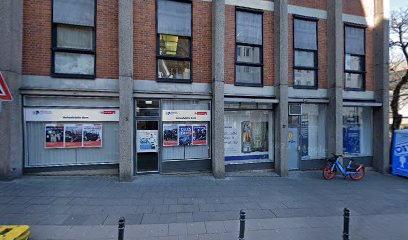
Kardinal-Höffner-Platz
0.1 km
Experience Cologne's vibrant heart at Kardinal-Höffner-Platz: where history meets modern life, surrounded by iconic landmarks, cultural attractions, and a lively atmosphere, creating unforgettable memories.
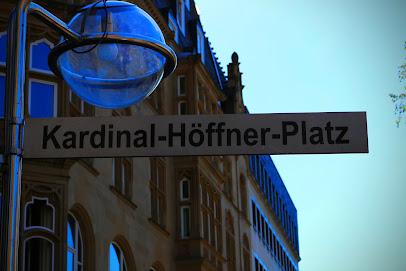
Кёльн в 15:15. Городские экскурсии
0.2 km
Explore Cologne through authentic local excursions with 'Kёльн в 15:15', where culture, history, and personal stories come to life.
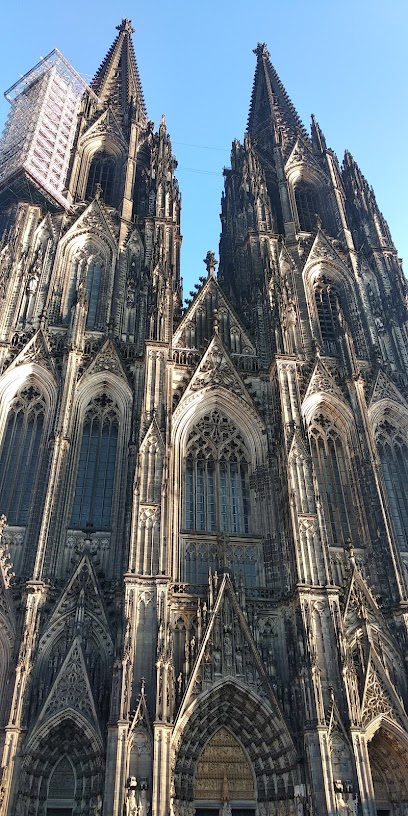
Am Hof 1
0.2 km
Discover Am Hof in Cologne: A historical square where Roman roots meet medieval charm and modern vibrancy, offering a captivating glimpse into the city's rich heritage.
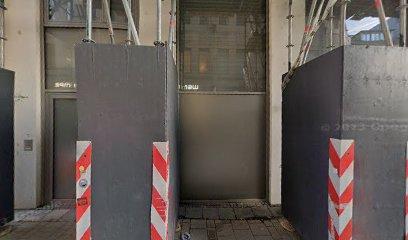
Heinrich-Böll-Platz
0.2 km
Experience Cologne's vibrant cultural heart at Heinrich-Böll-Platz, a dynamic square connecting the iconic Cathedral, Museum Ludwig, and Philharmonie, offering art, music, and stunning views.
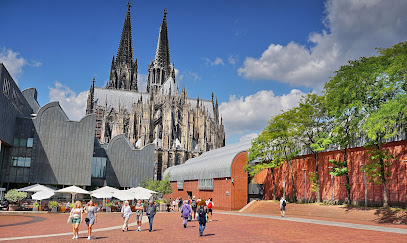
Paolozzibrunnen – Eduardo Paolozzi (1986)
0.3 km
Discover the Paolozzi Fountain in Cologne: a captivating blend of modern art, historical remnants, and playful interaction in the heart of the scenic Rheingarten park, a short walk from Cologne Central Station.
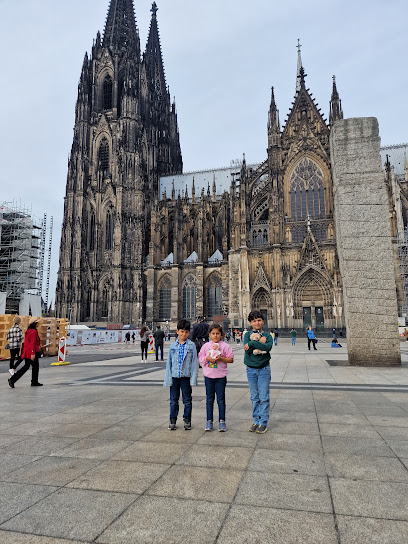
Historisches Rathaus der Stadt Köln
0.3 km
Discover Cologne's Historisches Rathaus: A captivating journey through centuries of history, architecture, and civic pride in the heart of the city's vibrant Innenstadt.
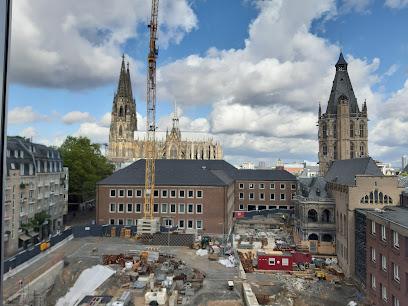
Kolumba
0.4 km
Discover a unique art experience in Cologne's Kolumba Museum, where ancient ruins meet modern design, showcasing art from antiquity to today in a space for contemplation.

Wallraf-Richartz-Museum & Fondation Corboud
0.4 km
Discover seven centuries of European art at the Wallraf-Richartz-Museum & Fondation Corboud in Cologne, from medieval masterpieces to Impressionist icons, all in the heart of the city.
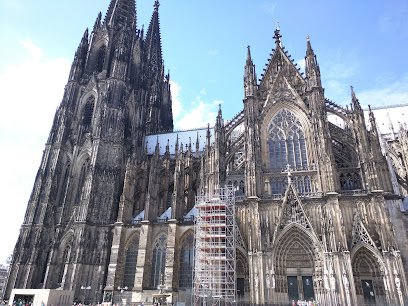
Fish Market
0.4 km
Discover Cologne's Fish Market, a culinary haven where fresh seafood meets local culture, nestled along the scenic Rhine River.
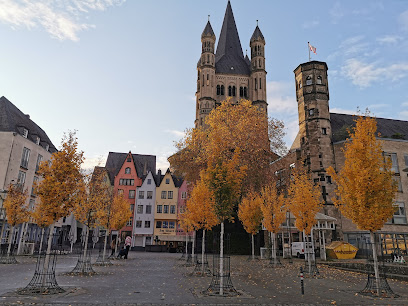
Burgmauer
0.4 km
Discover Cologne's Roman roots at the Burgmauer, a historic fortress wall offering a glimpse into the city's ancient past and a unique perspective on its vibrant present.

Unmissable attractions to see
Shrine of the Three Kings
0.0 km
Explore the Shrine of the Three Kings in Cologne Cathedral, an architectural marvel and a sacred relic of the Three Wise Men, steeped in history and artistry.
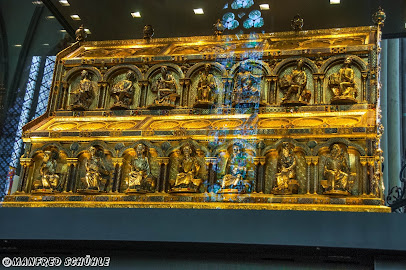
Petrusbrunnen
0.0 km
Discover the breathtaking Petrusbrunnen in Cologne, a historical fountain that enchants visitors with its artistry and significance near the iconic Kölner Dom.
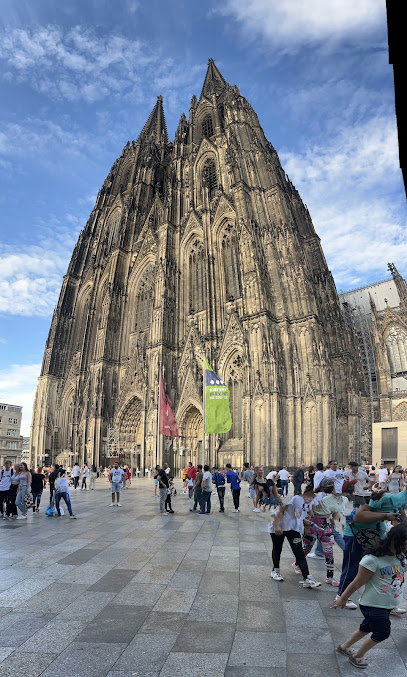
Dom Treasury
0.1 km
Explore the Dom Treasury in Cologne, a museum showcasing sacred art and artifacts next to the iconic Cologne Cathedral, steeped in history and craftsmanship.
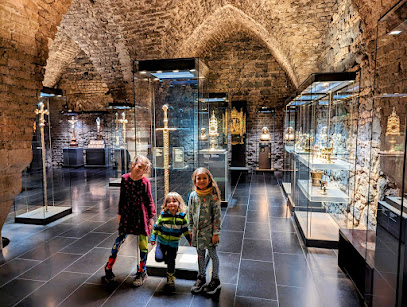
Roncalliplatz
0.1 km
Experience the vibrant ambiance of Roncalliplatz, Cologne's historic plaza, with stunning views of the Cathedral and a lively cultural scene.
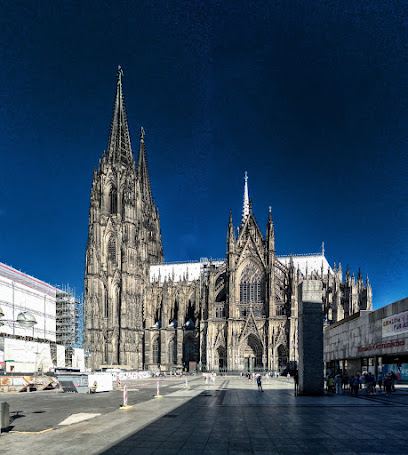
Domfontäne (1973)
0.1 km
Experience the beauty and history of the Domfontäne, a serene fountain in the heart of Cologne, surrounded by stunning architecture and vibrant city life.
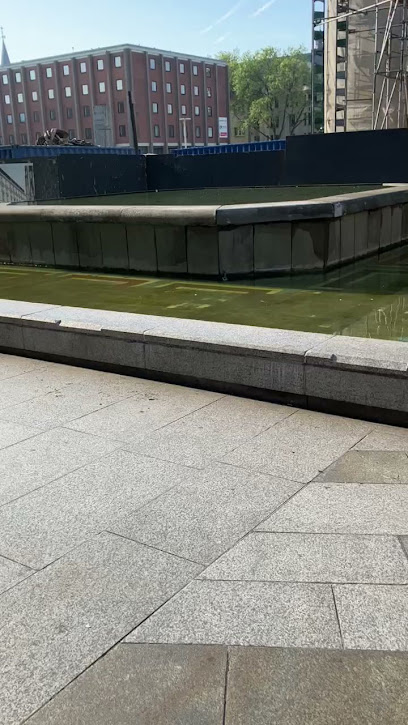
Turmbesteigung
0.1 km
Climb the iconic Kölner Dom for breathtaking views of Cologne and a journey through history with the Turmbesteigung experience.
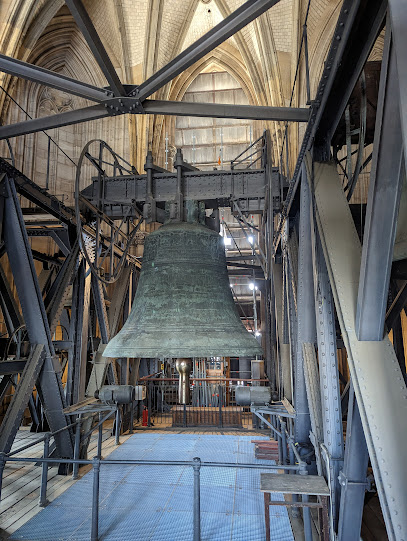
Römisch-Germanisches-Museum
0.1 km
Discover the captivating history of Roman and Germanic cultures at Cologne's Römisch-Germanisches Museum, a treasure trove of ancient artifacts.
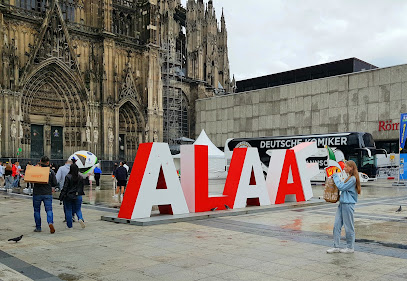
Christmas market at Cologne Cathedral
0.1 km
Discover the enchanting Christmas market at Cologne Cathedral, a festive wonderland filled with handcrafted gifts and delicious seasonal treats.
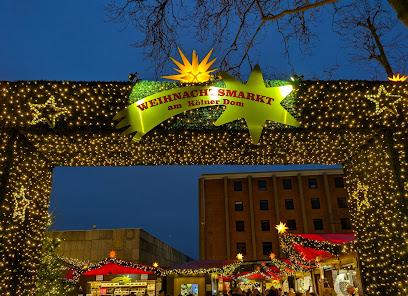
Bahnhofsvorplatz
0.1 km
Explore the vibrant Bahnhofsvorplatz in Cologne, a hub of culture, shopping, and history just steps from the Central Station.
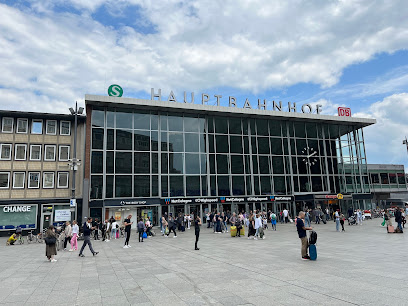
Römische Hafenstraße
0.1 km
Explore the historical richness of Römische Hafenstraße in Cologne, where Roman heritage meets vibrant city life.
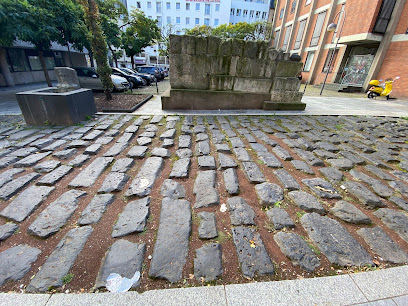
Romans' Northern Gate
0.1 km
Discover the Romans' Northern Gate, a historical marvel in Cologne, showcasing the city's rich Roman heritage and stunning architecture.
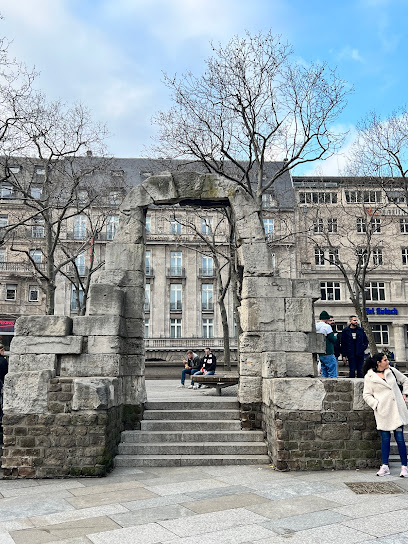
Kreuzblume
0.1 km
Discover the Kreuzblume, a stunning sculpture at Cologne Cathedral, embodying the city's rich history and artistic heritage in a vibrant cultural hub.
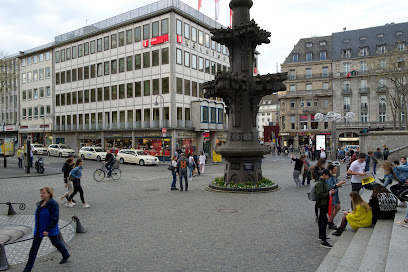
KölnTourismus GmbH | VisitKöln
0.1 km
Explore Cologne with confidence from KölnTourismus GmbH, your go-to tourist information center for events, attractions, and local insights.
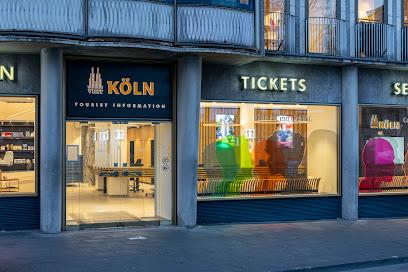
Museum Ludwig
0.1 km
Explore the vibrant world of modern art at Museum Ludwig, Cologne's premier destination for contemporary masterpieces and cultural experiences.
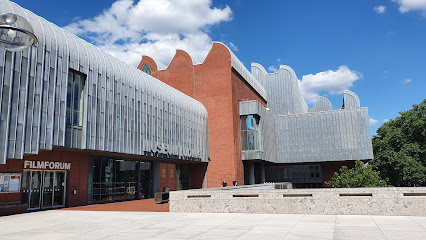
House of Studies of the Romano-Germanic Museum
0.1 km
Discover the captivating history of the Romano-Germanic Museum in Cologne, showcasing ancient artifacts and cultural treasures from the Roman era.
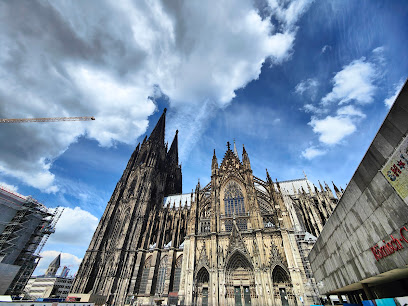
Essential places to dine
taku
0.2 km
Experience exquisite Asian fine dining at Taku in Cologne – where tradition meets innovation in every dish.
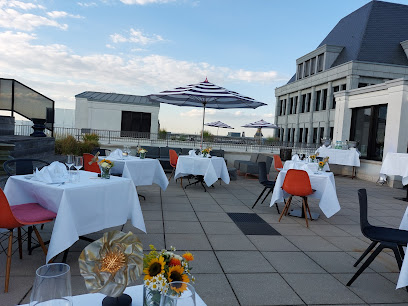
Ludwig im Museum Restaurant & Café
0.2 km
Experience culinary excellence at Ludwig im Museum Restaurant & Café in Cologne - where art meets flavor in a vibrant setting.
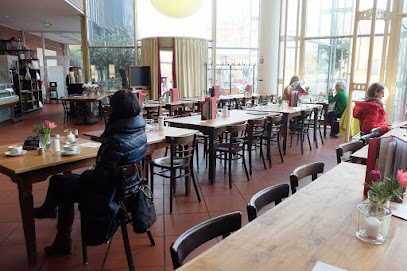
Lederer
0.2 km
Discover Lederer: Cologne's culinary treasure blending local flavors with international flair in a vibrant setting.

Brauhaus FRÜH am Dom
0.2 km
Discover Brauhaus FRÜH am Dom: Cologne's iconic beer hall serving traditional German cuisine and local brews in a vibrant atmosphere.

Hanse Stube
0.2 km
Experience exquisite French cuisine at Hanse Stube in Cologne – where culinary artistry meets charming ambiance.
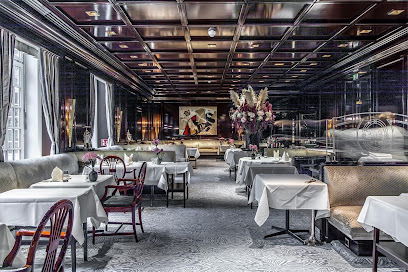
Funkhaus Cafe-Bar-Restaurant
0.2 km
Discover Funkhaus Cafe-Bar-Restaurant: A culinary gem in Cologne offering delicious food, refreshing drinks, and an inviting atmosphere.
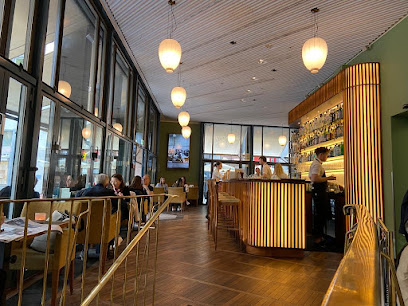
Restaurant maiBeck
0.3 km
Experience innovative bistro cuisine in Cologne at Restaurant maiBeck - where local flavors meet culinary creativity.

Oma's Küche
0.3 km
Experience authentic German cuisine at Oma's Küche in Cologne - where tradition meets taste in every dish.
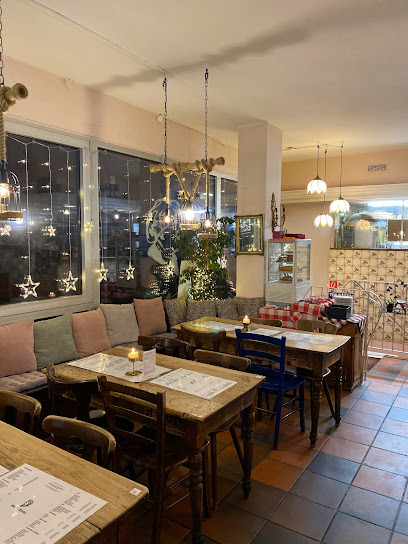
Great Wall
0.3 km
Experience authentic Chinese cuisine at Great Wall in Cologne - where tradition meets modern dining.
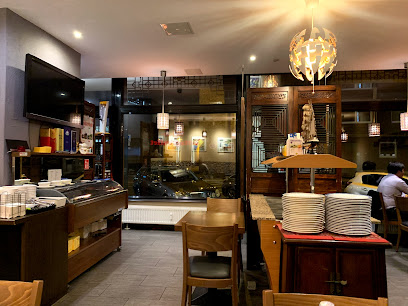
Em Krützche
0.3 km
Savor traditional German flavors at Em Krützche, a charming inn and restaurant in the heart of Cologne's Innenstadt district.
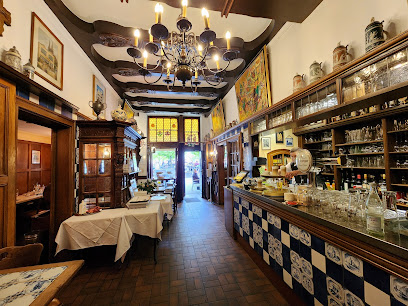
konrad Restaurant
0.3 km
Savor the essence of German cuisine at Konrad Restaurant, where tradition meets innovation in every bite.
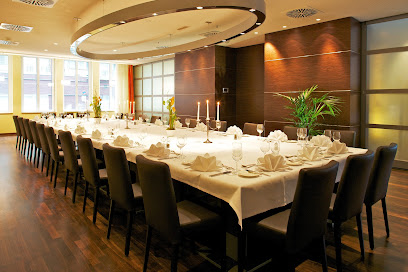
Peters Brauhaus
0.3 km
Discover Peters Brauhaus in Cologne - A lively brewpub serving authentic German cuisine and craft beers in an inviting atmosphere.
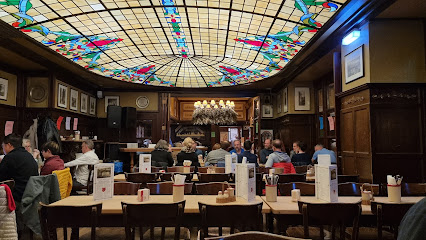
RheinZeit
0.3 km
Experience authentic German cuisine at RheinZeit in Cologne, where tradition meets modern dining in a vibrant atmosphere.

Kuchi Mami
0.3 km
Discover Kuchi Mami: A premier destination for Asian fusion cuisine in Cologne offering exquisite sushi and authentic Vietnamese dishes.

HACIENDA
0.4 km
Experience the vibrant flavors of Argentinian cuisine at Hacienda in Cologne - a perfect blend of tradition and innovation.

Markets, malls and hidden boutiques
Domkloster 4 GmbH
0.1 km
Explore the heart of Cologne at Domkloster 4 GmbH, your go-to gift shop for unique souvenirs and local crafts that embody the city's spirit.
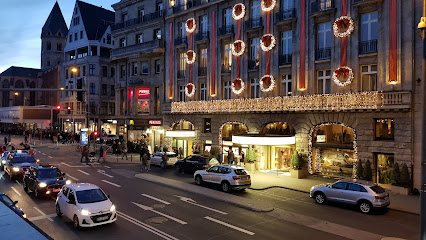
LOUIS VUITTON Cologne Store
0.1 km
Explore the luxury of Louis Vuitton in Cologne, featuring exquisite leather goods and fashion accessories in a stunning retail environment.
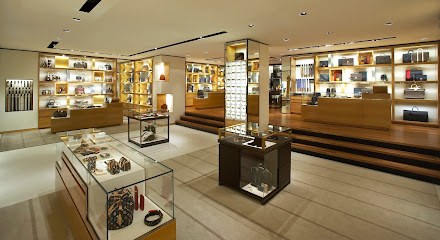
4711 Shop am Dom
0.1 km
Explore the iconic 4711 Shop am Dom in Cologne, where history meets modern fragrance in a delightful gift shopping experience.
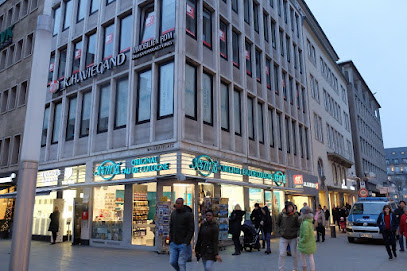
Victorinox Store Köln
0.2 km
Discover Swiss quality at the Victorinox Store in Cologne, featuring iconic knives, stylish luggage, and exclusive apparel in a modern shopping atmosphere.
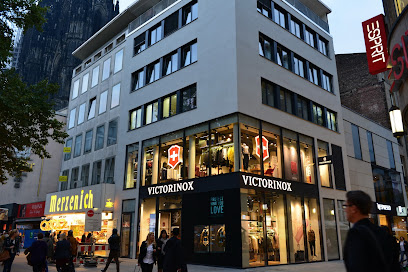
Montblanc Boutique
0.2 km
Discover timeless luxury at Montblanc Boutique in Cologne, home to exquisite writing instruments and elegant leather goods.
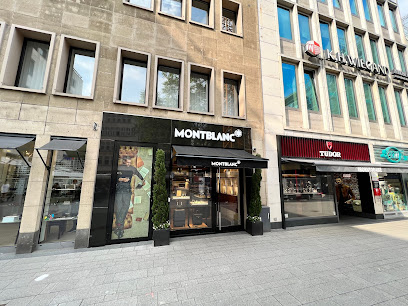
Früh Shoppen
0.2 km
Explore Früh Shoppen in Cologne for a delightful shopping experience filled with local treasures and unique finds.
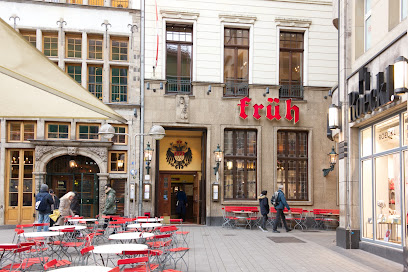
German Souvenirs
0.2 km
Explore authentic German gifts and souvenirs in Cologne's charming gift shop, perfect for tourists seeking unique mementos.
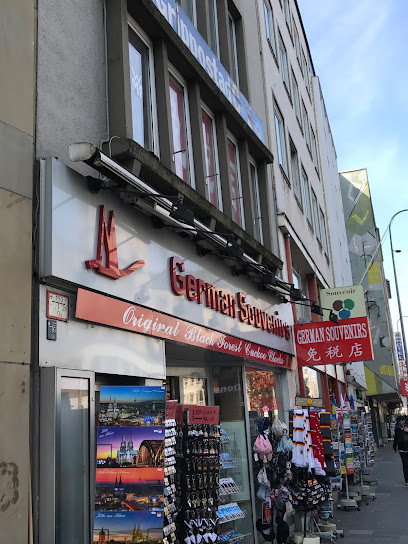
BVLGARI
0.2 km
Explore BVLGARI in Cologne for an exquisite range of luxury jewelry, fashion accessories, and timeless leather goods in a sophisticated setting.
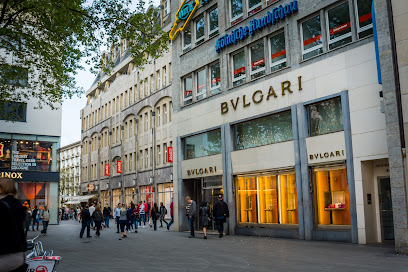
Close Up GmbH
0.2 km
Explore Close Up GmbH: Cologne's premier gift shop for unique posters and artistic treasures in the heart of the city.
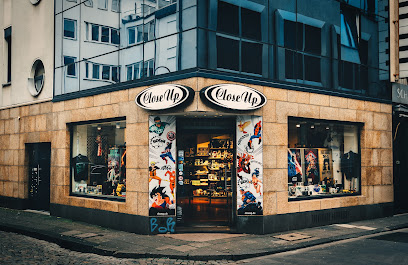
Pylones
0.3 km
Explore Pylones in Cologne for unique gifts and home goods, filled with creativity and playful designs to brighten your day.

MUJI Cologne Store
0.3 km
Explore the MUJI Cologne Store for a unique selection of minimalist products that blend functionality with style, right in the heart of the city.
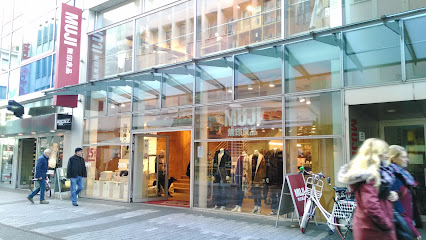
Elbenwald
0.3 km
Explore the enchanting Elbenwald gift shop in Cologne, where fantasy meets shopping with clothing, toys, and unique gifts for all ages.
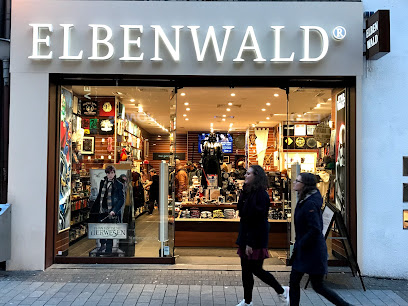
Casado Store
0.4 km
Discover the heart of Cologne's fashion at Casado Store, where style meets elegance and every piece is a statement.

BOGNER Köln
0.4 km
Explore BOGNER Köln - where luxury fashion meets contemporary style in the heart of Cologne.
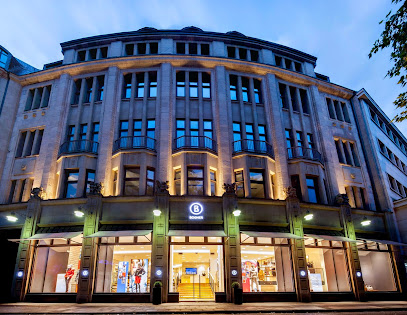
Manufactum Warenhaus
0.5 km
Explore the charm of Cologne at Manufactum Warenhaus, where quality gifts, clothing, and home goods await every discerning traveler.
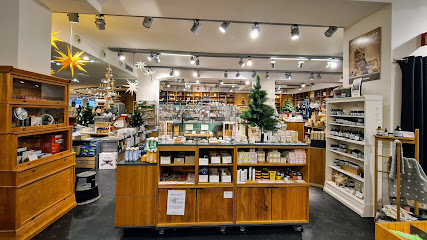
Essential bars & hidden hideouts
die kunstbar
0.1 km
Discover Die Kunstbar in Cologne: A vibrant bar blending art, music, and delicious drinks in the heart of the city’s nightlife.
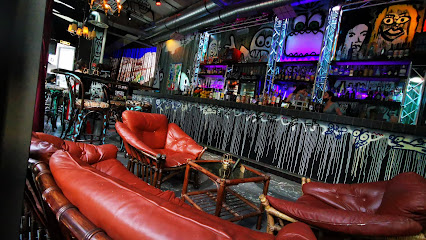
Bierbaum
0.2 km
Discover the lively Bierbaum bar in Cologne, where great drinks and a welcoming atmosphere blend seamlessly for an unforgettable night out.
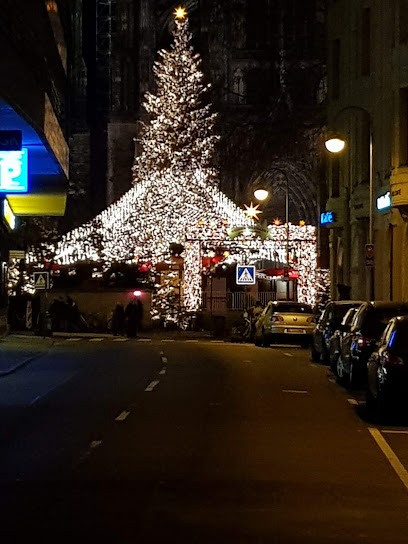
Barney Vallely's
0.2 km
Discover the essence of Ireland at Barney Vallely's, a lively pub in Cologne with authentic food, drinks, and vibrant entertainment.

The Corkonian Irish pub
0.3 km
Experience the heart of Ireland at The Corkonian Irish Pub in Cologne, where traditional food, drinks, and live music create unforgettable memories.

Papa Joe's Biersalon
0.3 km
Experience the vibrant pub culture of Cologne at Papa Joe's Biersalon, where great beer and hearty meals await in a lively atmosphere.
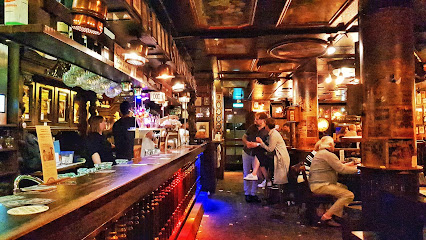
Sonderbar - Köln
0.4 km
Experience the best local brews and a vibrant atmosphere at Sonderbar, a must-visit bar in the heart of Cologne.
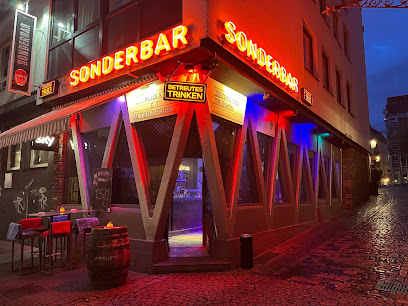
Papa Joe's Jazz Bar
0.5 km
Immerse yourself in the rhythmic vibes of Cologne at Papa Joe's Jazz Bar, the ultimate destination for live jazz and spirited nightlife.
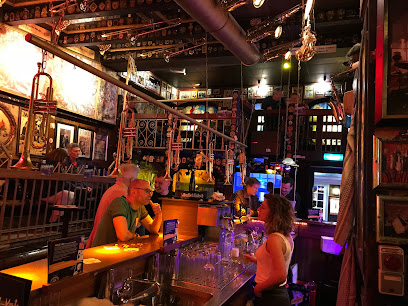
Plüsch Bar & Lounge (im Köln Marriott Hotel)
0.5 km
Experience luxury and relaxation at Plüsch Bar & Lounge in Cologne, where exquisite cocktails and elegant ambiance await you.
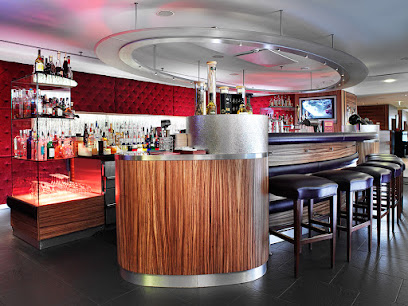
The Copper Pot - Köln
0.5 km
Experience Irish hospitality at The Copper Pot in Cologne, where lively ambiance, delicious cocktails, and live music await every visitor.
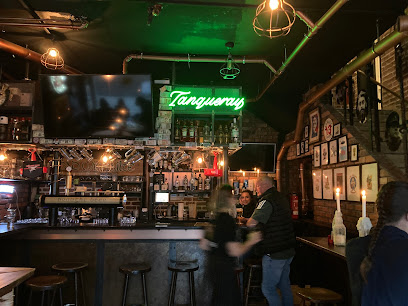
Piano Bar
0.7 km
Discover the enchanting Piano Bar in Cologne, where signature cocktails, live music, and a chic atmosphere create a perfect nightlife experience.
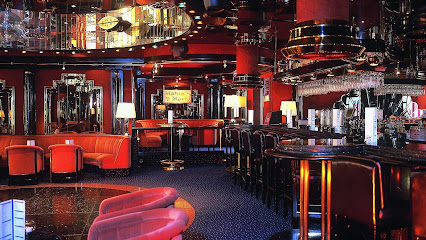
Legends Bar & Terrasse
0.7 km
Experience the ultimate cocktail bar in Cologne with stunning Rhine views, sophisticated atmosphere, and expertly crafted drinks at Legends Bar & Terrasse.
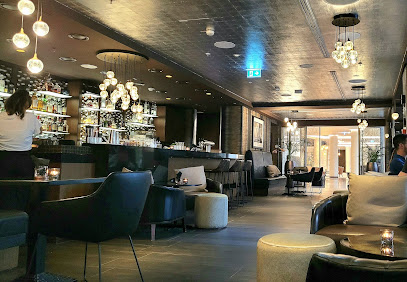
FRIESEN Bar - Cocktailbar Köln
1.0 km
Discover the exciting nightlife at FRIESEN Bar in Cologne - a cocktail haven with signature drinks and a vibrant atmosphere.
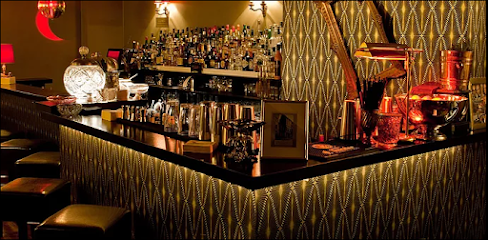
McLennon Cocktailbar Restaurant
1.0 km
Experience the vibrant nightlife of Cologne at McLennon Cocktailbar Restaurant, where handcrafted cocktails and culinary delights await.
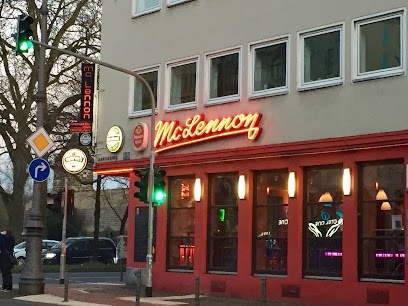
Woods
1.1 km
Experience the vibrant nightlife at Woods in Cologne, where expertly crafted cocktails and a cozy atmosphere await.
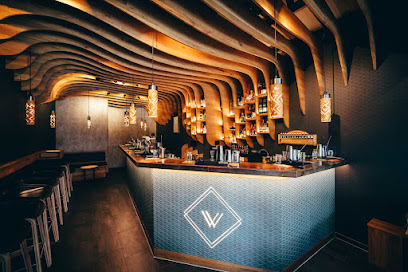
Monkey Bar
1.1 km
Discover the energetic vibe at Monkey Bar, Cologne's premier bar offering stunning views, creative cocktails, and a lively atmosphere for all to enjoy.




